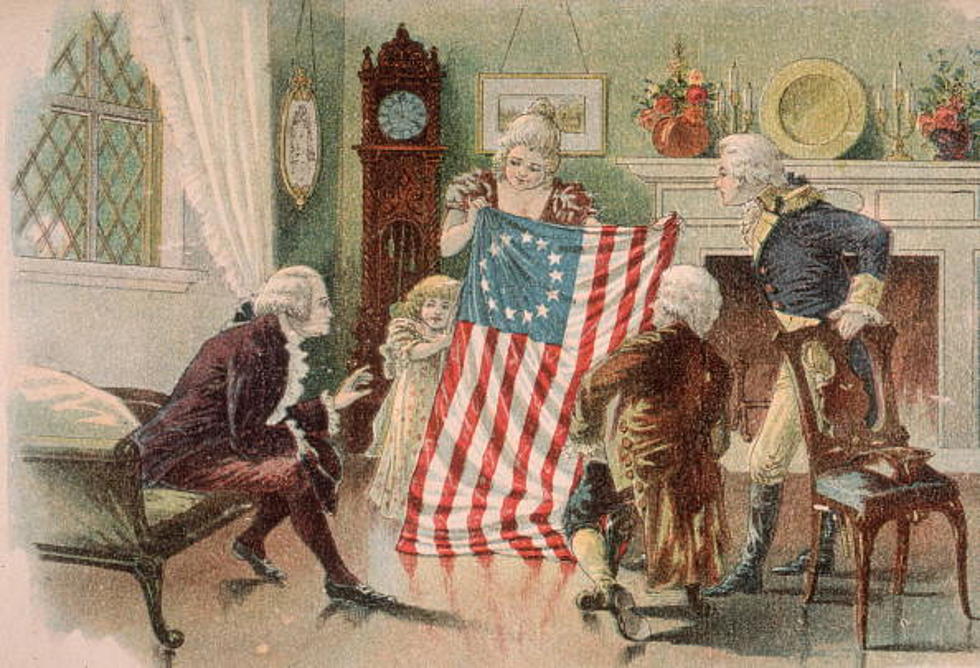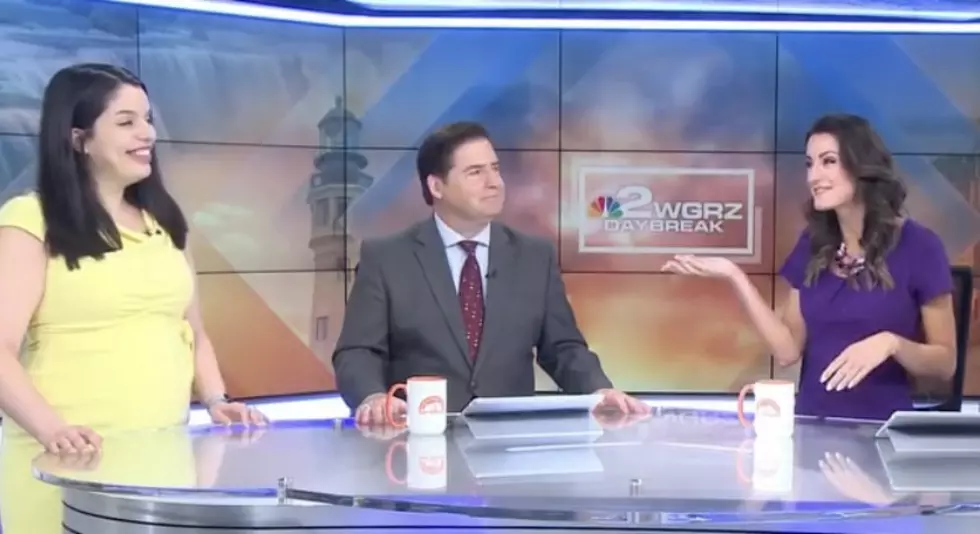
First American Flag – Dale’s Daily Data
In 1777, members of America’s Continental Congress were a little embarrassed when they couldn’t honor Thomas Green’s request. Green was an American Indian who sent Congress three pieces of wampum that he hoped to trade for an American flag. He wanted to use the flag to take from his own village into mostly white towns and cities to show he had come in peace.
Back then the United States still didn’t have an official flag, except for the Grand Union Jack that looked like the British flag – a flag that represented the enemy. So finally, nearly a year after America had declared its independence, Congress finally authorized the stars and stripes.
And we all know the story of Betsy Ross, but you may not have known her first husband died in a tavern explosion and her second died in a British prison camp during the Revolutionary War. She even outlived her third husband the whole time sewing to help put food on the table.
There are a number of rules that go along with owning an American flag. You can’t fly it upside down unless you’re sending out an SOS. And it can never be flown lower than any other flag in a parade.
All U.S. flags are supposed to be lowered at sunset, except for those at the White House, at the Washington Monument and at all points of entry into the United States or if it has a spotlight on it.
And even that stipulation has one exception – actually six exceptions. The only official flags allowed to be displayed in the dark or without a spotlight on them 24 hours a day, seven days a week are ones we can’t even see with the naked eye. They’re the six American flags planted on the moon.
SOURCE: ushistory.org/betsyross
More From 106.5 WYRK









